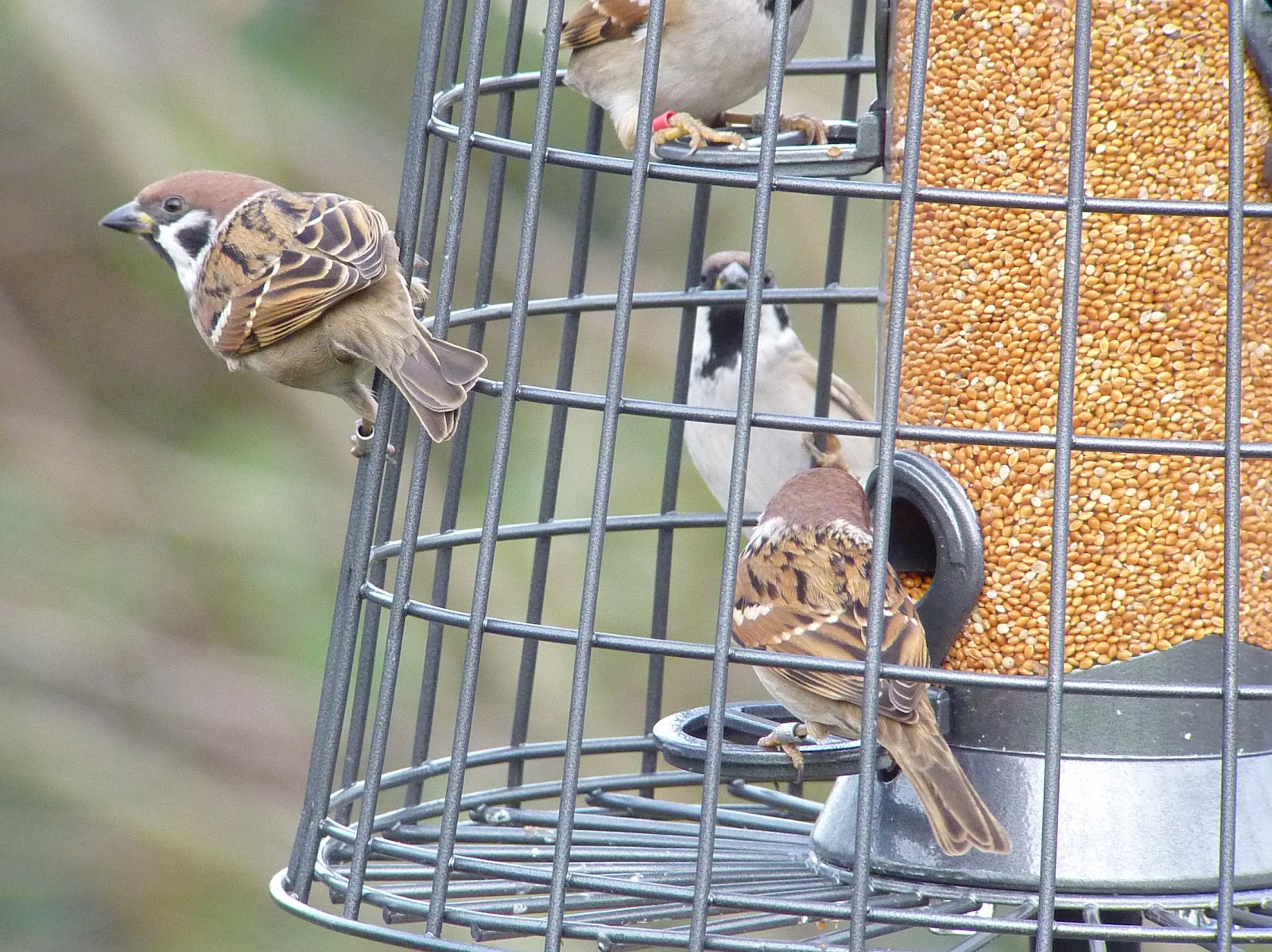The Young Ones
Locally we have a small - very small - number of young birders, and through them I have become aware of other youngsters (who they have met on twitches or by birding further afield). This nucleus seem to be growing. Universities have always been one place that you could be fairly sure to find young birders (particularly those based close to birding hot-spots), but this current crop are largely pre-uni. What has 'kick-started' this? Maybe some of the more savvy oldies have had a hand...
Social media is, like it or not, here to stay - or at least evolve. If you want to know how any of this stuff works, ask a youngster. They have been born into it and just accept it, just as much as people of my generation accepted cassette recorders and portable televisions as being a normal part of the world. My grandparents were either unaware or distrustful of such things. There has been an increase in media coverage of wildlife, that may, in a large part, be due to the media decision makers being children themselves during the 60s, 70s and 80s, maybe the last wave of youngsters who had some exposure to wildlife from an early age. Because programme making and feature commissioning has embraced 'the environment' and the wildlife in it as a safe bet - you need only look at the membership of the RSPB to see a vast potential audience - there has been an increase in such material being produced. Whereas a trailer on the TV or radio may have once been the way of advertising such programmes, the media will now also use Facebook, Twitter, the web, and also know ways of targeting the potential audience via some very clever means indeed.
Let's take Springwatch as an example. When it is broadcast, live on the BBC, you could just sit an watch it - or you can go on the web and watch live feeds from the webcams that they have set up 24 hours a day - or you can join in by sending them messages by email or twitter - or send them your latest pictures that might just be shown live on the TV minutes after you have done so. Johnny Morris this aint! This programme has a tremendous following with youngsters. The current crop of young birders were 6 - 12 years old when such audience participation was widely adopted. Maybe this is why we are seeing a blossoming of youthful binocular carriers. They feel included in the subject matter. It isn't nerdy. It has become politicised, with environmental issues and campaigns being talked about and advertised across new media with a speed that was but a dream only a few years ago. It's current and relevant.



Comments